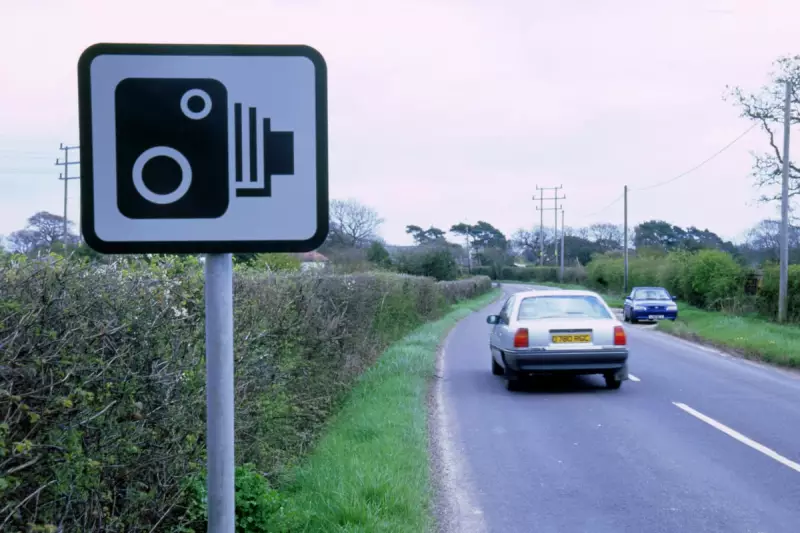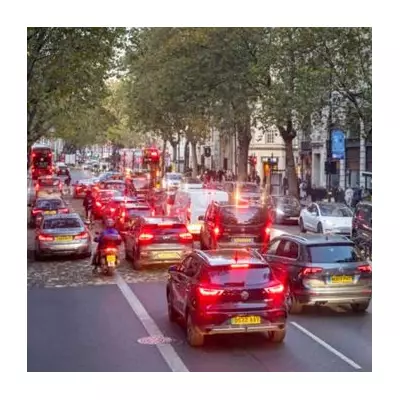
Birmingham drivers are being caught for speeding in their thousands on a handful of notorious routes, according to newly released data. This comes as city authorities prepare to roll out a major new safety crackdown.
New Road Safety Plan Aims to Cut Fatalities
Road safety remains a critical priority for Birmingham, with speeding identified as a leading cause of accidents and fatalities on the city's streets. In a significant move, a new Road Safety Action Plan for 2024-2030 is set to be presented to the West Midlands Combined Authority (WMCA).
The ambitious strategy aims to drastically reduce the number of people killed on the roads. Its key proposals include installing more speed cameras across the region and appointing a dedicated road safety commissioner. The plan will go before the WMCA board for approval next month.
Revealed: The Top Speeding Offence Hotspots
Recent analysis by Legal Expert has pinpointed the exact locations where drivers are most frequently fined. The data, covering 2023 to 2024, exposes the top 20 worst roads in Birmingham for speeding offences.
The number one hotspot for speeding fines is the A38 Bristol Road between Speedwell Road and Priory Road, where a staggering 1,655 offences were recorded. Close behind in second place was the B4121 Shenley Lane near Meadowbrook Road, with 1,421 offences.
Interestingly, a different stretch of the same major route takes third spot. The A38 Bristol Road between Priory Road and Speedwell Road registered 1,129 speeding offences. The A4040 Sandwell Road between Oxhill Road and Island Road in Handsworth completes the top four, with 1,079 drivers fined.
How the New Crackdown Will Work
The proposed WMCA plan outlines a multi-pronged approach to tackle dangerous driving. The authority is focusing on a combination of enforcement methods as its preferred strategy.
This includes the use of average speed cameras that track a vehicle's speed over a longer distance, spot speed enforcement at specific high-risk locations, and the deployment of mobile speed cameras to monitor problem areas across the West Midlands.
This data-driven offensive signals a clear intent from local leaders to make the region's roads safer for all users by directly targeting the most persistent speeding hotspots.





